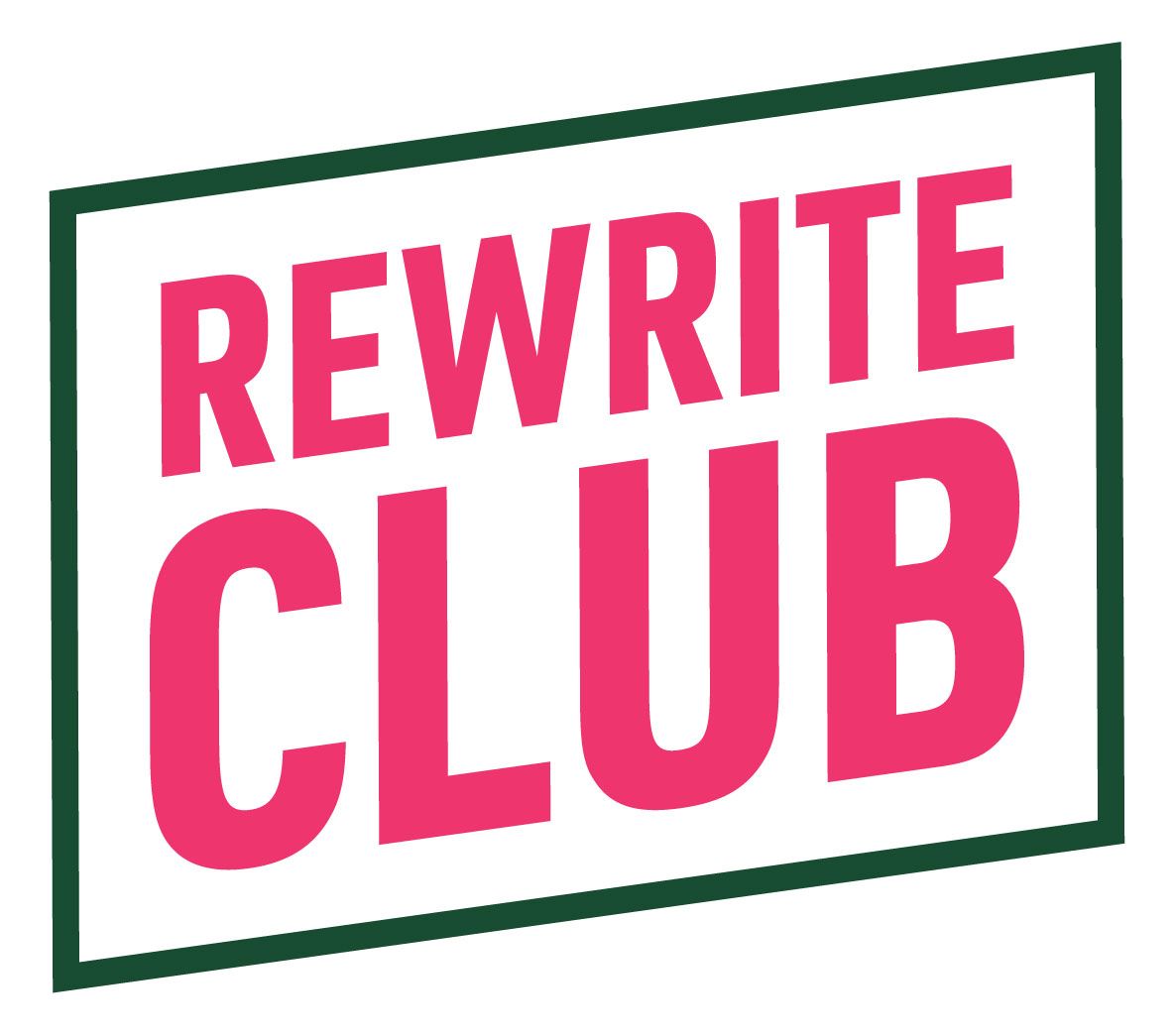Streamline Your Creative Writing Process With Outlines: A Guide for Plotters and Pantsers
A Guide for Plotters and Pantsers

Over 80% of aspiring writers never finish their manuscripts—and it’s not for lack of talent. It's the chaos of story development that derails them. Whether you're a meticulous plotter or a fearless pantser, one tool can help you finish stronger and faster: an outline. This guide will show you how to use outlining to clarify your ideas, fuel your creativity, and finally complete the story that's burning inside you.
Understanding Outlining for Creative Writers
Creative writing can often feel like an unpredictable journey, and that's where outlining steps in as your trusted compass. Outlining provides a framework that can help writers clarify their thoughts, organize their ideas, and ultimately, produce stronger narratives. Though many writers dread the rigid structure that outlining can imply, embracing it can lead to clarity and focus.
What Is an Outline and Why Is It Important?
An outline is essentially a roadmap for your story. It breaks down the beginning, middle, and end of your narrative, aligning them with character arcs and critical plot points. Understanding its role can save you hours of frustration and countless rewrites. Here’s why outlining is crucial:
1. Clarity:
Outlining helps you visualize your story's trajectory, ensuring you stay on course.
2. Coherence:
It allows for coherence in character development and plot progression, so you avoid inconsistency.
3. Creativity:
The outline can serve as a space to brainstorm ideas without the pressure of executing them perfectly.
The Benefits for Plotters vs. Pantsers
Both plotters and pantsers can benefit from utilizing an outline, albeit in different ways.
Plotters often favor extensive outlines, as they appreciate having a clear direction and structure before diving into the narrative. They may incorporate detailed summaries of each chapter, character notes, and themes they wish to explore.
Pantsers, on the other hand, thrive on spontaneity, often discovering their stories as they write. For them, outlines can appear restrictive, but we suggest viewing them more like a safety net, providing guidance without stifling creativity. By outlining key plot points or character journeys, pantsers can navigate rich narratives without losing themselves.
Creating an Effective Outline
There’s no one-size-fits-all approach to outlining. However, here are steps to help you craft an outline that suits your writing style:
1. Decide Your Structure
Choose a structure that resonates with you: traditional three-act structures, Hero’s Journey, or even a mind map. Knowing your preferred structure will help you outline effectively.
2. Draft a Logline
Before diving into details, summarize your story in one sentence—what is it about, who are the main characters, and what’s at stake? This will serve as your guiding light.
3. Break Down Key Components
Separate your outline into major components:
Beginning:
Introduce characters, settings, and conflict.
Middle:
Explore subplots, develop relationships, and deepen conflicts.
End:
Resolve conflicts, tie up loose ends, and deliver a satisfying conclusion.
4. Character Arcs
Identify the emotional trajectory of your primary characters. What challenges will they face? How will they grow?
5. Plot Points and Beats
Throughout your outline, include major plot points and beats that drive the story forward. Look for opportunities to heighten tension and character development.
Rewrite Club Tip: When plotting these beats, reference popular story structure models, such as Save the Cat.
6. Flexible Milestones
A successful outline should allow flexibility. As you write, you may find that some plot points shift or change. Embrace this evolution while maintaining a basic structure to guide your narrative.
Different Outlining Techniques
Here are a few outlining techniques to consider:
The Snowflake Method
This method starts with a simple concept and gradually adds detail. You write your logline, then condense it into a paragraph, followed by summarizing each character and scene. This often resonates with both plotters and pantsers, as it allows for growth without being overly rigid.
Mind Mapping
Mind mapping can be extremely beneficial for visual learners. It encourages spontaneity, allowing ideas to flow freely while visually organizing thoughts. Each branch represents an aspect of your story, creating connections between characters, themes, and arcs.
Chapter-by-Chapter Breakdown
This is a more detailed approach where each chapter is summarized, including key events, conflicts, and character growth. It serves well for plotters looking for thorough guidance, but can also help pantsers stay on track.
Overcoming Common Obstacles
Writers often face challenges when outlining, such as:
1. Fear of Rigidity:
Many writers worry that outlining may limit their creative freedom. Remember, outlining isn’t set in stone; it’s a tool to aid your process.
2. Disorganization:
As new ideas arise, it can be easy to lose track. Keep a separate document or notes application to store potential scenes or character insights.
3. Intimidation:
For some, the mere idea of outlining can seem daunting. Start with small, manageable outlines and gradually build your skills.
Writing the First Draft
Once your outline is in place, you can dive into the first draft. Remember, this is just a draft—don't hesitate to deviate from your outline if inspiration strikes. Outlines serve to aid your journey, not dictate every route.
Revising with Your Outline
Your outline can also be a powerful tool during revision. Referring back to your initial outline helps you identify which areas might need more clarity or depth. Use it to ensure that character arcs align with story progression and that pacing feels consistent. Consider analyzing scenes to see if they fulfill their intended purpose.
Final Thoughts: Where Do We Go From Here?
Implementing an outline into your writing process can drastically streamline your creative workflow, whether you’re a plotter, a pantser, or someone who finds themselves somewhere in between. By organizing your thoughts, gaining clarity on your narrative, and ensuring your ideas flow coherently, you enhance your journey as a writer.
So, what changes can you make at home to implement outlining? Celebrate the writing process—allow yourself room to adapt, consider your narrative's direction, and carve a fulfilling path as you refine your story.
If you need personalized assistance, book a coaching session with us, and we’ll build your outline together. Let's bring your creative vision to life!
Remember, great stories start with a spark of inspiration and a solid foundation. Embrace the outlining process, and watch your creativity flourish!

